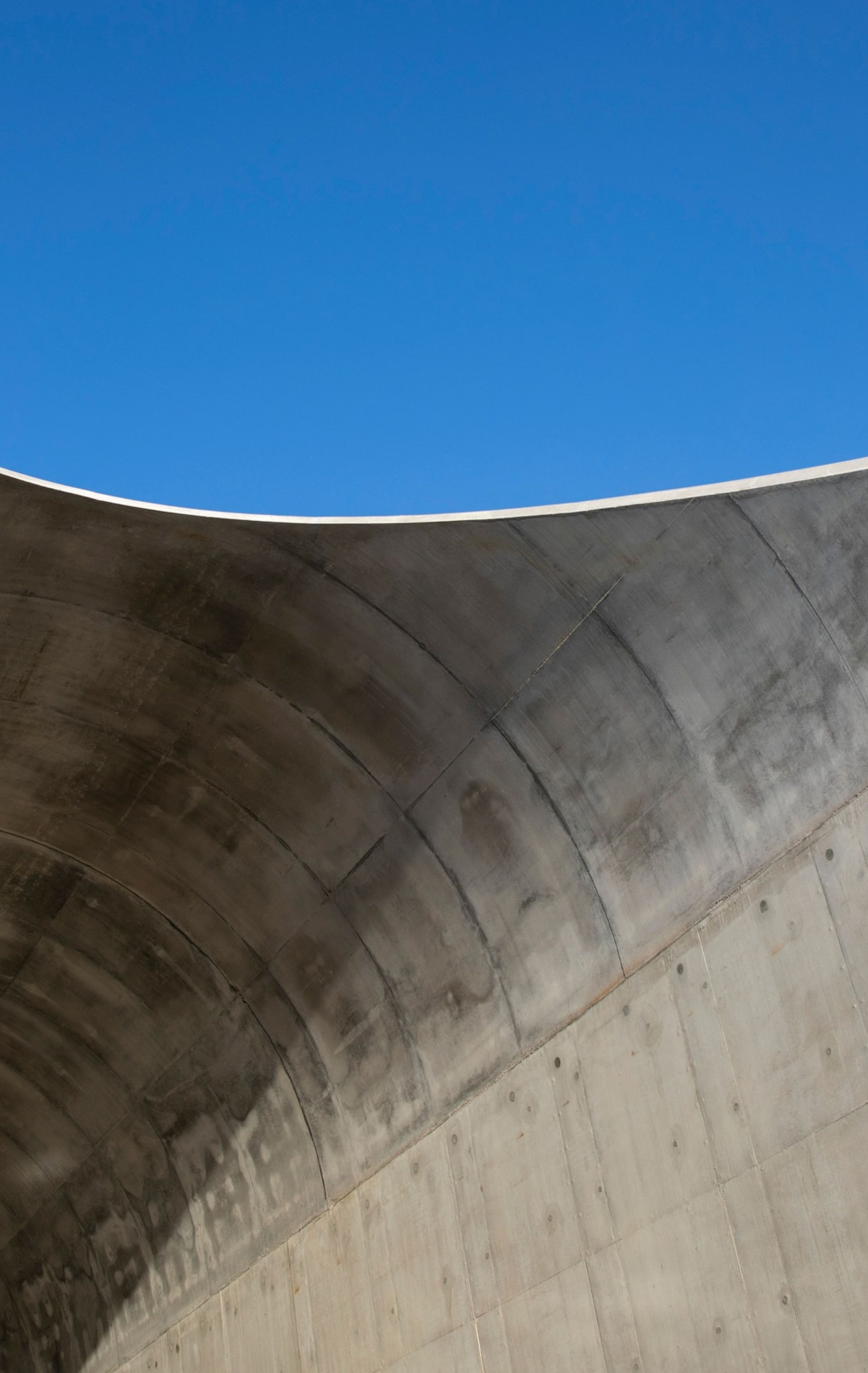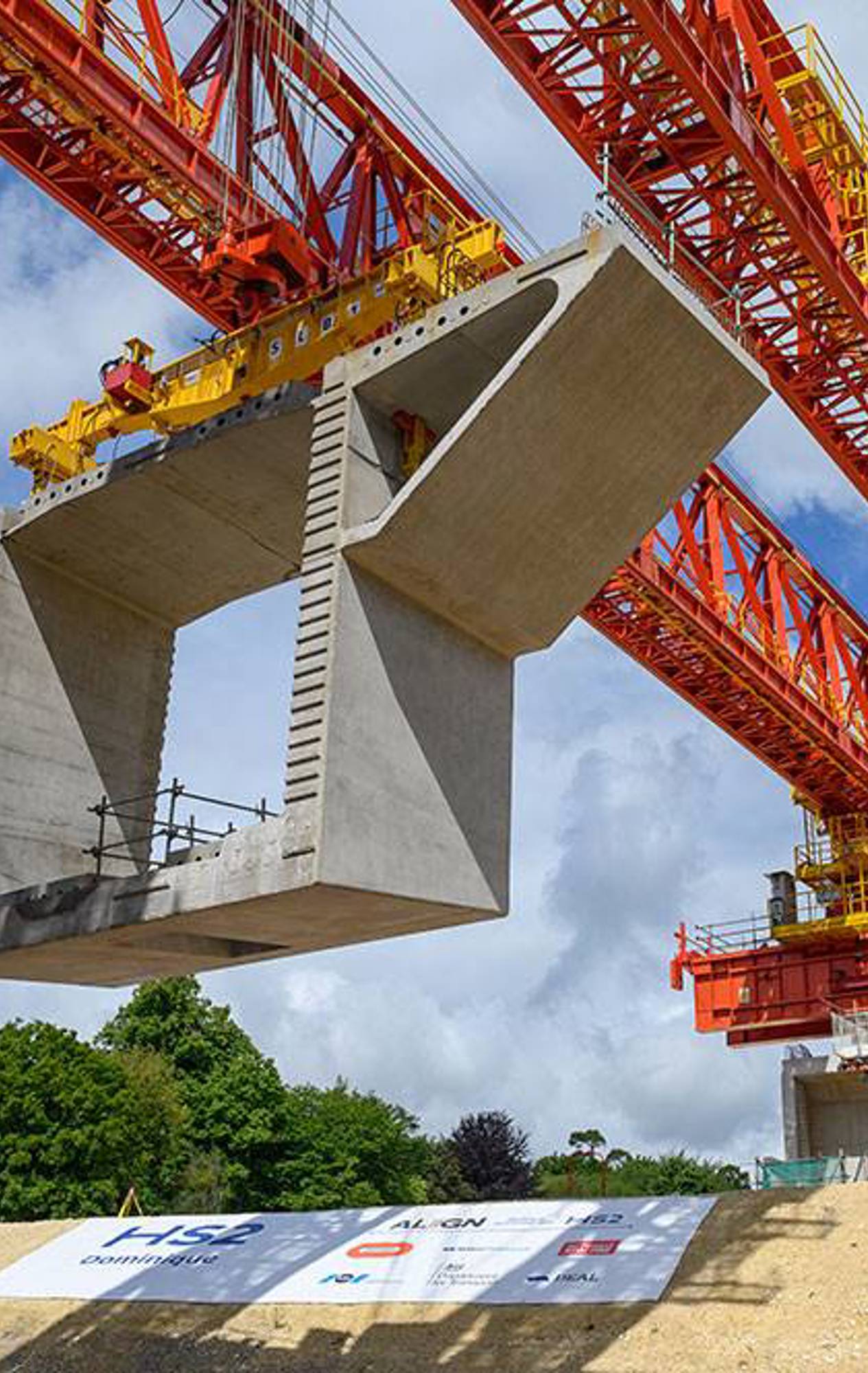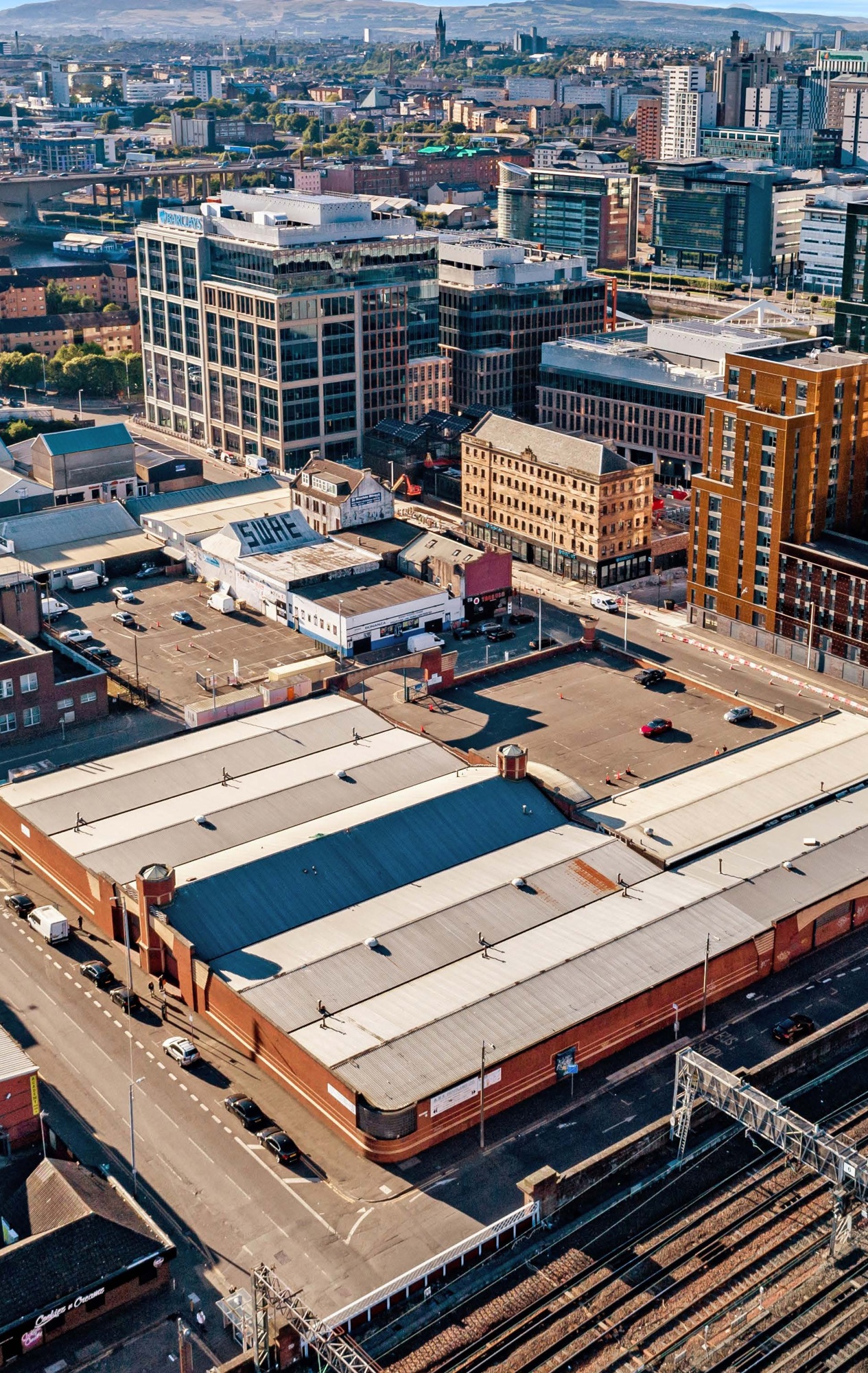Digital Construction
We invest in industry-leading software and mobile applications. So we can deliver cost efficiencies and top performance - each and every time.
Augmented Reality (AR) is the latest digital construction technology to be put to work by our healthcare and commercial office teams.
Digital construction tools such as Dalux BIM viewer are already used as part of design team meetings and make it easy for everyone to visualise and query complex interface details, to explain construction sequencing and to check the viability of design solutions virtually.
The team also use a digital firestopping tracker that has improved the speed and efficiency of the process.
So, when they were given the opportunity to get involved in a new research project, the team were keen to be involved in the growth of this innovative technology.
We’re fully immersed in using the digital tools currently available to us and see a lot of value in investing time in new methods, so it was exciting to be a part of the research. The headsets were helpful for us to forecast works, understanding where there may be schedule conflicts or actual physical conflicts on site.
Sanaz Sheikhi Senior Digital Construction Manager at 1 Broadgate
At its most basic, the use of AR headset technology allows you to superimpose an interactive BIM model onto an a built or under construction structure. This makes visualising installation and the impact of any required changes easier. As well as allowing you to install with confidence, AR also enables you to capture deviations, conduct inspections remotely and update the BIM model with as-built information.
In June, our team began a Knowledge Transfer Partnership with University College London (UCL), Innovate UK, the UK’s national innovation agency, and XYZ Reality, a construction AR platform. The partnership seeks to quantify the benefits of AR using XYZ’s ATOM headset on a construction site.
Over the summer, the team worked with UCL and XYZ to trial the technology across two of our projects, One Broadgate and Kingsway Hospital in Derby, each site completing three weeks of fieldwork followed by two weeks of analysis and conclusion.
From the information gathered and anecdotal conversations across the team, it’s clear that the AR headsets were useful during the planning stages.
In the coming months, Sanaz and her team will receive a report from UCL which will include analysis of the data they provided while using the headsets. The report will also look at the next steps of AR, how it can be improved for the construction industry and the advantages of implementing digital tools in construction.
Sanaz added: “The use of AR within construction is still a relatively new concept. Taking part in research like this is important as it means we can influence how the technology progresses and inform its development. I think slowly we’ll start to see it being used more widely and that’s exciting. It has potential to be a great tool.”
In Derby, the IHP project team (the joint venture between VINCI Building and Sir Robert McAlpine) are also keen to support emerging technologies and any advances in the digital space that could benefit the industry. They’re currently using digital models to engage with the local community including their NHS clients.
We’re always looking for ways to improve and are happy to be involved in anything that could benefit our industry now or in the future. In terms of the AR headsets, we enjoyed being part of the trial and there’s certainly a role for them, but I think more research is needed to understand what they can offer.
Sassi Stark Digital Construction Manager at Kingsway Hospital
Staff at the Derby Kingsway Hospital have shown a keen interest in the project: they’ve enjoyed seeing digital images and occasionally pop in for a walk through of the BIM model.
And the team is no stranger to new technologies. Last year they welcomed the HP Site Print robot. Developed by Hewlett Packard (HP), the HP Site Print increases accuracy and gets layout jobs on concrete decks done 10 times more quickly than traditional surveying methods. The robot sets out and prints drawings onto the floor slabs, making the process much quicker and more efficient.
The visit was the first time the final product was used on a construction site globally.
We invest in industry-leading software and mobile applications. So we can deliver cost efficiencies and top performance - each and every time.
Our Align JV builds tunnel extensions for HS2 to stop sonic booms from 200mph trains entering the 10-mile Chiltern Tunnel.
Download the Annual Report and Accounts that accompany our financial results 2023-24.
Sir Robert McAlpine Capital Ventures and Buccleuch Property acquire 101 Centre Street, securing income and unlocking major redevelopment potential in Glasgow's southbank.


